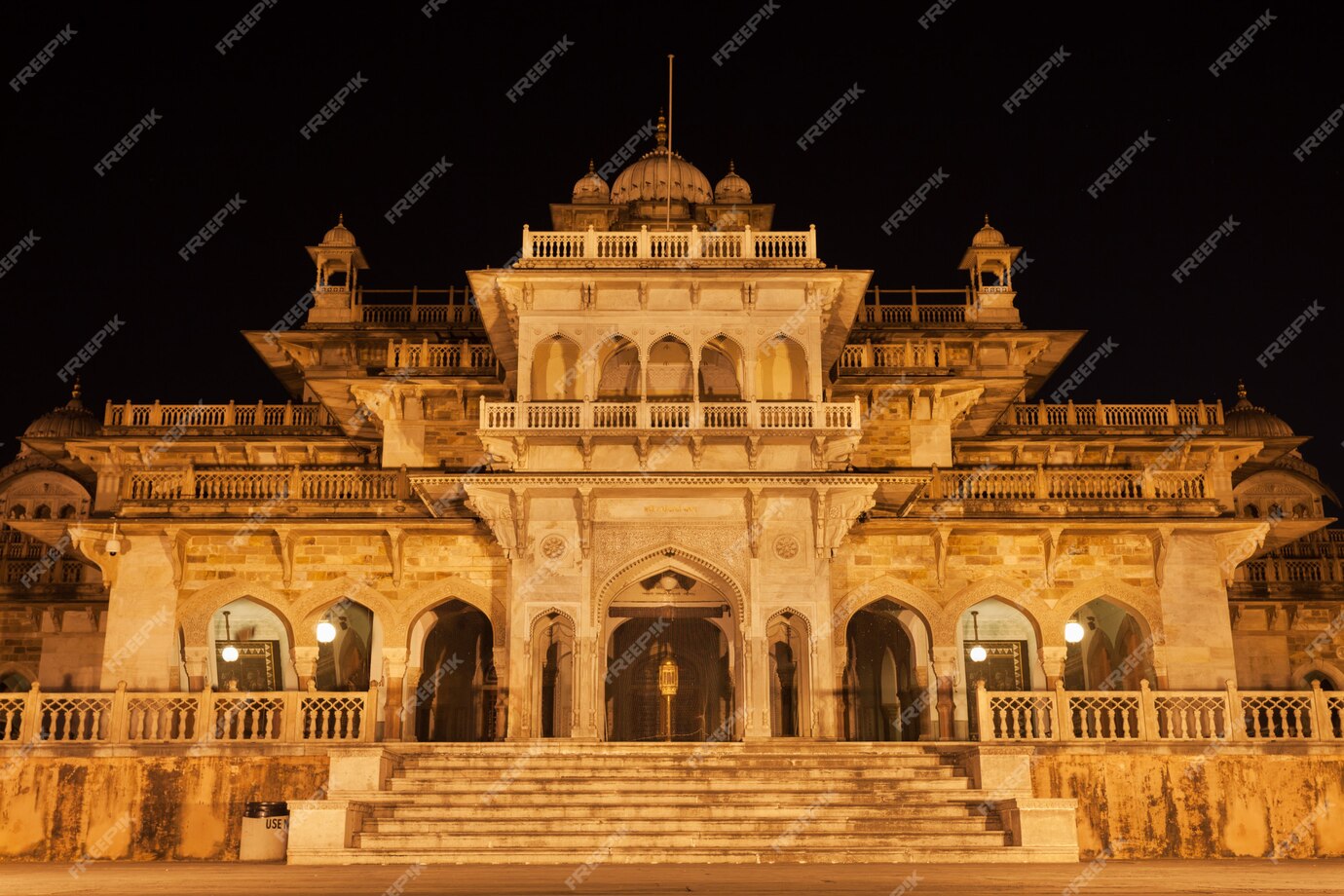Jaipur, the capital of Rajasthan, is a vibrant city known for its rich history, royal heritage, and stunning architecture. Famous as the "Pink City" for its unique pink-hued buildings, Jaipur offers a blend of ancient culture and modern hospitality. From grand forts and palaces to delicious local food, Jaipur is a perfect destination for history lovers, culture enthusiasts, and adventure seekers alike.
Jaipur, often referred to as the "Pink City," is a city that enchants visitors with its majestic beauty, historical landmarks, and vibrant culture. Nestled in the heart of Rajasthan, Jaipur is a city that showcases the glory of India's royal past while embracing modernity. With its grand palaces, imposing forts, bustling markets, and mouth-watering food, Jaipur offers a unique and unforgettable travel experience.
Famous Places in Jaipur:
-
Amber Fort: A grand fort built with red sandstone and marble, Amber Fort is one of the most significant landmarks in Jaipur. Its blend of Mughal and Rajput architecture, intricate carvings, and stunning views make it a must-visit.
-
City Palace: Located in the heart of Jaipur, the City Palace is a beautiful blend of Mughal and Rajput architecture. It houses several museums, courtyards, and gardens.
-
Hawa Mahal: Known as the "Palace of Winds," this five-story palace, built from pink sandstone, is a striking example of Rajput architecture. Its hundreds of small windows allowed royal women to view the street festivals without being seen.
-
Jantar Mantar: A UNESCO World Heritage site, Jantar Mantar is an astronomical observatory that showcases Jaipur's scientific prowess with massive instruments that were once used for astronomical measurements.
-
Albert Hall Museum: This museum, located in the Ram Niwas Garden, is the oldest museum in Rajasthan and houses a vast collection of art, artifacts, and historical exhibits.
Jaipur’s Culture: Jaipur is a city brimming with cultural richness. Its vibrant traditions, festivals, music, dance, and art define the city's essence:
-
Festivals: Jaipur is known for its lively celebrations of festivals such as Diwali, Holi, Teej, and Gangaur. These festivals are marked by processions, traditional music and dance, and vibrant attire.
-
Rajasthani Dance and Music: The folk music of Jaipur, including genres like Ghoomar and Kalbeliya dance, is famous worldwide. Traditional instruments like the Sarangi and Dholak are often used in performances.
-
Traditional Clothing and Handicrafts: Jaipur is also famous for its vibrant traditional clothing, including Bandhani and Leheriya sarees, and its rich handicrafts like block printing, blue pottery, and jewelry.
Food in Jaipur: Jaipur’s food culture is as rich and diverse as its history. The city offers a wide array of flavors that are a perfect blend of spicy, tangy, and savory:
-
Dal Baati Churma: A traditional Rajasthani dish made of lentils (dal), baked wheat rolls (baati), and sweet churma, often served with ghee.
-
Laal Maas: A fiery red mutton curry made with spicy and tangy flavors, this dish is a must-try for spice lovers.
-
Pyaaz Kachori: A crispy, deep-fried pastry filled with spicy onion stuffing, served with chutneys.
-
Ghevar: A sweet dessert made of flour and soaked in sugar syrup, it’s especially popular during the Teej festival.
-
Lassi: A traditional yogurt-based drink, often served sweet or salted, and perfect to beat the heat.
Jaipur's History: Jaipur's history is as rich and colorful as its architecture. Founded in 1727 by Maharaja Jai Singh II, the city was meticulously planned according to ancient Indian principles of architecture and town planning, known as Vastu Shastra.
-
Mughal Influence: The Mughals left a significant mark on the architecture and culture of Jaipur, seen in the City Palace, Jantar Mantar, and other royal structures. The integration of Mughal and Rajput architectural styles is what gives Jaipur its unique charm.
-
The Rajput Kingdoms: Before the arrival of the Mughals, Jaipur was ruled by the Rajputs, and their influence is still evident in the city’s architecture, traditions, and way of life.
-
The Foundation of Jaipur: Maharaja Jai Singh II, who was also an astronomer, laid the foundation for the city with a vision to create a modern city that would blend royal tradition with scientific knowledge. The city’s layout is based on the traditional Hindu principles of architecture, making it one of the most well-planned cities in India.
Education in Jaipur: Jaipur has been a center of learning, and today it boasts some of the best educational institutions in the region:
-
Rajasthan University: One of the oldest universities in the state, Rajasthan University offers a range of courses in arts, sciences, commerce, and law.
-
Indian Institute of Health Management Research (IIHMR): This institute is one of the premier research and management institutions in the country, focusing on health and management education.
-
Jaipur National University: Offering a wide range of undergraduate, postgraduate, and doctoral programs, Jaipur National University is one of the leading private universities in the region.
Conclusion:
A journey to Jaipur is an enchanting experience that takes you back in time, immersing you in the opulence of Rajasthan’s royal past while celebrating the city’s vibrant present. From the grandeur of Amber Fort to the bustling bazaars, from the rich flavors of Rajasthani cuisine to the traditions of dance and music, Jaipur has something to offer every traveler. Whether you are a history buff, a food lover, or someone interested in exploring unique cultures, Jaipur will captivate you with its charm, beauty, and heritage. A visit to Jaipur is not just a trip; it’s an experience that will stay with you long after you’ve left the "Pink City."



